LONDON – Singing Nazis are a tough sell unless its Mel Brooks producing laughs. So when the German officer in love with the title character in the new musical “Marguerite” starts to sing about his broken heart, it’s difficult to sympathize.
With music by three-time Oscar-winning composer Michel Legrand (“Yentl,” “Summer of ’42,” “The Thomas Crown Affair”) and book and lyrics from the team that created the worldwide theatrical hit “Les Miserables,” the show comes with a fine pedigree.
Drawn from the real-life story of a doomed 19th century courtesan who inspired Garbo’s “Camille” and Nicole Kidman’s character in “Moulin Rouge,” it’s set in occupied Paris during the Second World War.
Marguerite (Ruthie Henshall) is a colorful music hall performer turned society floozy who remains comfortable during France’s Nazi occupation by becoming the mistress of indulgent German officer Otto (Alexander Hanson).
When an air-raid siren sends the rest of a blithely collaborating group of hangers-on to the shelters, Marguerite stays in the ballroom and falls in love with a poor but starry-eyed musician named Armand (Julian Ovenden). There’s little suggestion of the tuberculosis that will later surface but things don’t look promising.
The book by Alain Boublil, Claude-Michel Schonberg, and director Jonathan Kent and Herbert Kretzmer’s adaptation of Boublil’s original French lyrics establish a serious tone that compares the idle rich surviving the war quite handily while resistance fighters lurk in alleyways.
Legrand’s music, too, is sober and portentous with little time for lively tunes or frivolity. Olivier Award-winner Henshall, who was in “Chicago” and “Miss Saigon” on Broadway, has genuine star quality but the courtesan’s sudden fall for the musician is not convincing, and nor is the self-pity in her ballad “How Did I Get Where I Am?” late in the show.
Hanson has an impossible job as a warbling Wehrmacht while Ovenden treats the whole thing as if it’s an epic and sends his pleasing voice soaring into the rafters at every opportunity.
The show has a fine look to it but with lyrics that rhyme “Germany” with “harmony” and dialogue that has Marguerite plead with her disappointed lover to “not make things harder than they are,” it’s tempting to wish for a stormtrooper chorus of “Springtime for Hitler.”
Venue: Theatre Royal Haymarket, runs through Nov. 1; Cast: Ruthie Henshall, Julian Ovenden, Alexander Hanson, Simon Thomas, Annalene Beechey, Matt Cross, Andrew C. Wadsworth, Gay Soper, Keiron Crook; Music: Michel Legrand; Book: Alain Boublil, Claude-Michel Schonberg, Jonathan Kent; Lyrics: Herbert Kretzmer from original French lyrics by Alain Boublil; Director: Jonathan Kent; Choreographer: Arthur Pita; Set and costume designer: Paul Brown; Lighting designer: Mark Henderson; Sound designer: Paul Groothius.
This review appeared in The Hollywood Reporter.

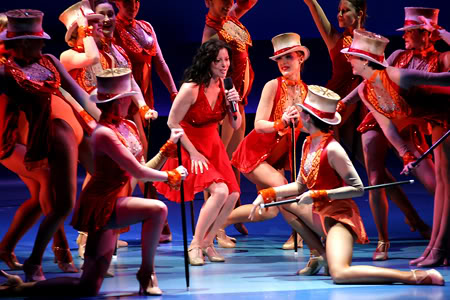

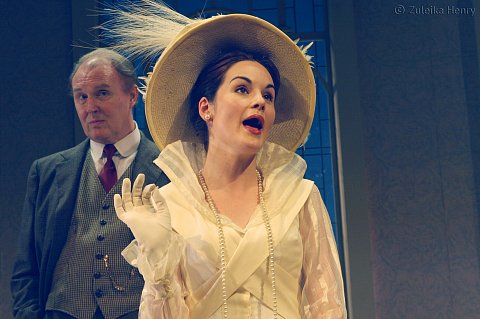

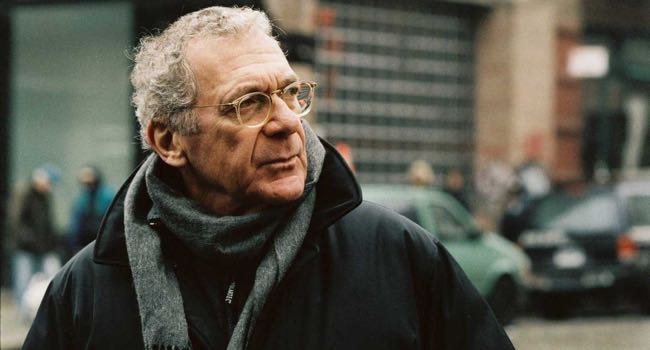
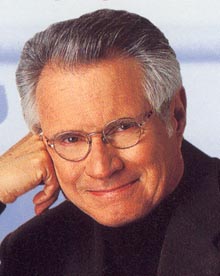
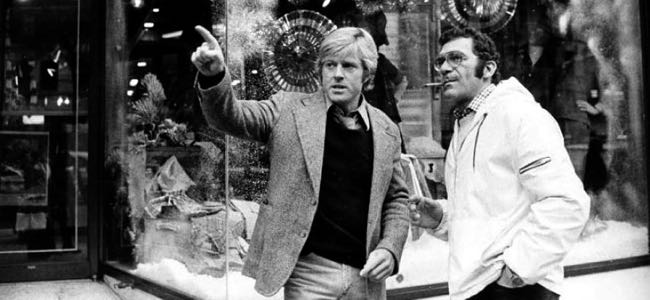

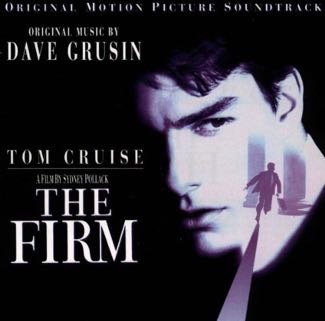


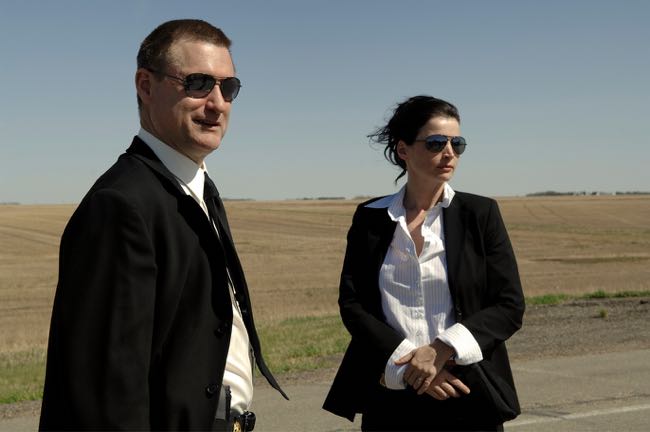

‘Gone With the Wind’ musical to close
LONDON — To no one’s great surprise, Trevor Nunn’s West End production of a new musical version of “Gone With the Wind” will soon be just that and plans for a New York production have been shelved.
The show, which took a critical drubbing following its world premiere on April 5, has failed to attract substantial U.K. audiences and will close this month after just 79 performances.
There will be no tomorrow for Margaret Martin’s adaptation of the Margaret Mitchell novel after Saturday June 14 although producer Aldo Scrofani insists the show has its fans. “Despite the critical response, the company have enjoyed much praise from audience members during our run and for that we are grateful,” he said.
Announcing what he called a difficult decision to close the production, Scrofani said: “Plans for a New York production are currently on hold but in the meantime we are pursuing various options that have been presented to us from interested parties worldwide.”
A show can sometimes thrive when it cuts and runs, witness “The Lord of the Rings,” which failed in Toronto but was revamped and has survived at the Theatre Royal Drury Lane since May 2007. It will run at least through July 19. But fans of big musicals are spoilt for choice in London.
Competition in the West End is fierce with several top-flight productions enjoying profitable runs including “Billy Elliot” at the Victoria Palace; “Hairspray” at the Shaftesbury; “Jersey Boys” at the Prince Edward; “The Lion King” at the Lyceum; and “The Sound of Music” at the London Palladium.
Other long-running musicals in town appealing to a wide range of taste include “Avenue Q,” “Blood Brothers,” “Buddy,” “Cabaret,” “Chicago,” “Grease,” “Les Miserables,” “Mamma Mia,” “Spamalot,” “Stomp,” “The Phantom of the Opera,” “We Will Rock You” and “Wicked.”
There are plenty more to come. Joining the just-opened “Marguerite” at the Theatre Royal Haymarket and “Dickens Unplugged” at the Comedy, will be “Disney’s High School Musical,” “Edward Scissorhands,” “Zorro the Musical” and, at year’s end, a revival of Lionel Bart’s “Oliver!” starring Rowan Atkinson (“Mr. Bean”) as Fagin.
This story appeared in The Hollywood Reporter.